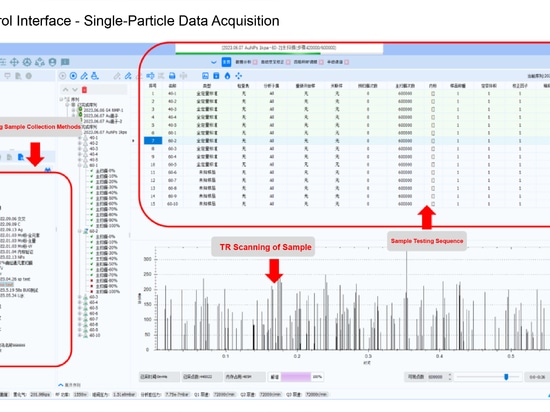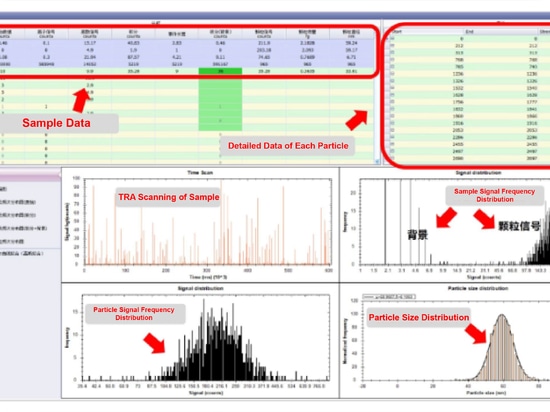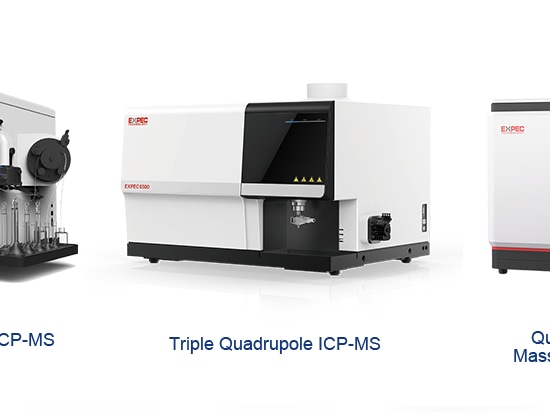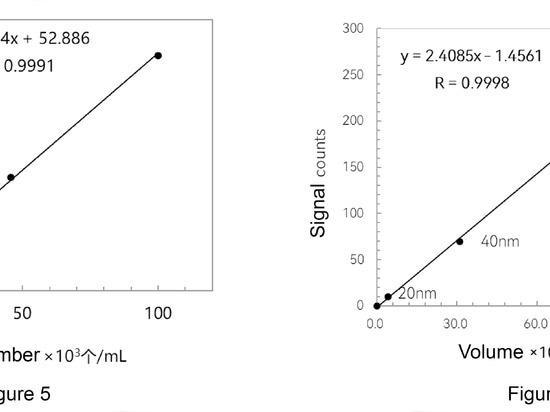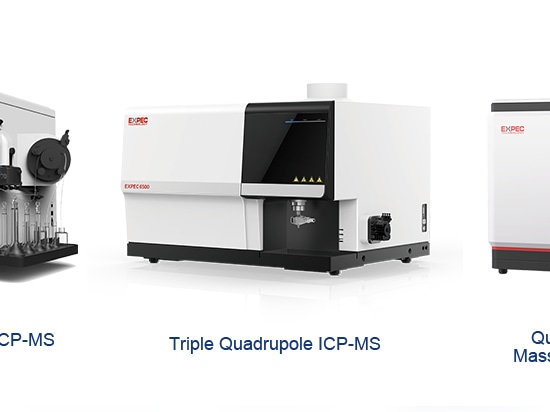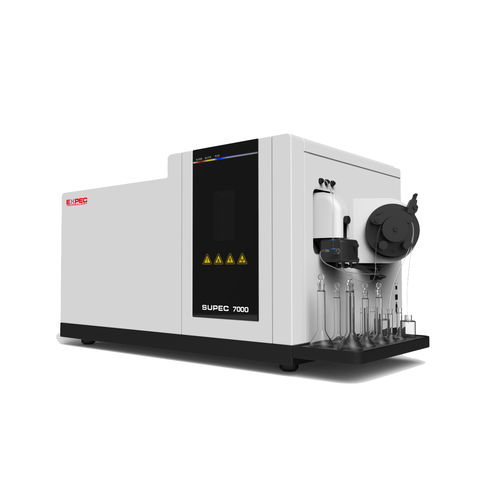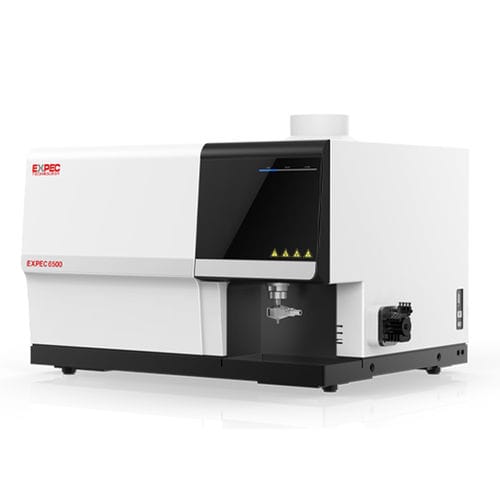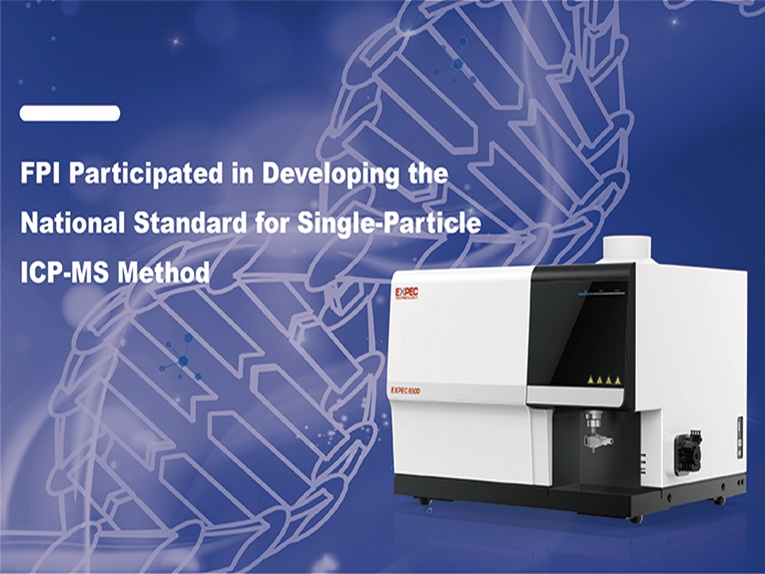
#Industry News
FPI Participated in Developing the National Standard for Single-Particle ICP-MS Method
FPI offer a range of single particle analysis equipment options for you.
In recent years, due to the widespread use of nanotechnology or products containing engineered nanoparticles, consumers may come into direct or indirect contact with engineered nanoparticles. This has made the detection of engineered nanoparticles increasingly necessary for the assessment of potential benefits and risks in areas such as the environment, food, toxicity, and exposure research samples. However, a lack of relevant standardized analytical methods for individual nanoparticles has persisted in China for a long time.
Recently, the National Center for Nanoscience in China led the development of the national standard "GB/T 42732-2023 Nanotechnology - Measurement of size distribution and concentration of inorganic nanoparticles in aqueous media using the single particle inductively coupled plasma mass spectrometry (spICP-MS) method" (Figure 1). FPI participated in the formulation of this standard.
This standard was officially released on August 6,2023, and will be implemented on March 1,2024. The publication and implementation of this standard will further standardize the measurement methods for inorganic nanoparticles, ensuring the accuracy and comparability of measurement results, and providing a scientific basis for the application and risk assessment of nanotechnology.
The single particle inductively coupled plasma mass spectrometry (spICP-MS) method is capable of detecting individual nanoparticles at very low concentrations. FPI, a leader in advanced mass spectrometry, has been specializing in ICP-MS for over a decade and has mastered several core technologies. They offer a range of single particle analysis equipment options for customers (Figure 2).
Principles of Single-Particle Inductively Coupled Plasma Mass Spectrometry (spICP-MS)
The number of pulses detected per unit time is directly proportional to the quantity of nanoparticles in the tested aqueous suspension. To calculate the concentration, the transmission efficiency is determined using a standard sample of nanoparticles. The pulse intensity and pulse area are proportional to the mass of the measured element in the nanoparticles, which is the cube of the nanoparticle diameter (assuming a spherical geometry). As the diameter of the nanoparticles increases, the signal response value will increase cubically. Therefore, the response for each composition and size range of nanoparticles needs to be validated. Calibration is typically recommended using standard nanoparticle samples. If such samples are not available, calibration can be performed using an ion standard solution of the measured element under the same sample analysis conditions. Additionally, the ion mass concentration in the sample can be determined based on the response value against the background concentration.
Single-Particle Data Analysis Software
The development of the FPI data processing software plays a crucial role in single-particle analysis. It is built upon mature single-particle analysis experience and strong research and development capabilities. Through multiple validations and improvements, a successful single-particle analysis data processing platform has been developed. This software offers various features and advantages, providing users with a comprehensive data processing platform (as shown in Figures 3 and 4).
The user-friendly Element V Workstation is designed to meet the requirements of 21 CFR Part 11 regulations. It caters to the needs of pharmaceutical customers in terms of audit trail, user management, permission control, and electronic signatures.
To validate the effectiveness of the method, FPI analyzed commonly available AuNPs standard samples from SunFung NanoTech and nanoComposix. They used SunFung NanoTech AuNPs as the standard sample to obtain the transmission efficiency, and nanoComposix AuNPs (nominal size:39+4nm; particle concentration:8.9x1010 particles/mL) as the sample for analysis. The test results are as figures 5 and 6 attached.
As shown in Figures 5 and 6, the correlation coefficient (R) of the standard curve is greater than 0.999. Additionally, the analysis of the nanoComposix AuNPs sample revealed a particle size of 41.10nm and a concentration of 9.74x1010 particles/mL. The close agreement with the standard values demonstrates the reliability of the spICP-MS analysis by FPI.
